Price: $22.99 - $19.53
(as of Nov 03, 2024 09:02:02 UTC – Details)
Dive hands-on into the tools, techniques, and information for making your own analog synthesizer. If you’re a musician or a hobbyist with experience in building electronic projects from kits or schematics, this do-it-yourself guide will walk you through the parts and schematics you need, and how to tailor them for your needs. Author Ray Wilson shares his decades of experience in synth-DIY, including the popular Music From Outer Space (MFOS) website and analog synth community.
At the end of the book, you’ll apply everything you’ve learned by building an analog synthesizer, using the MFOS Noise Toaster kit. You’ll also learn what it takes to create synth-DIY electronic music studio. Get started in the fun and engaging hobby of synth-DIY without delay.
With this book, you’ll learn:
The differences between analog and digital synthesizers Analog synthesizer building blocks, including VCOs, VCFs, VCAs, and LFOs How to tool up for synth-DIY, including electronic instruments and suggestions for home-made equipment Foundational circuits for amplification, biasing, and signal mixing How to work with the MFOS Noise Toaster kit Setting up a synth-DIY electronic music studio on a budget
From the brand


Explore more from Make


Make:
Elevating makers, nurturing a global cultural movement, and celebrating creativity, innovation & curiosity.
Publisher : Make Community, LLC; 1st edition (June 25, 2013)
Language : English
Paperback : 183 pages
ISBN-10 : 1449345220
ISBN-13 : 978-1449345228
Item Weight : 2.31 pounds
Dimensions : 8 x 0.29 x 9.75 inches
Customers say
Customers find the guide content excellent, describing the technical aspects of sound synthesis. They also say it’s detailed, thorough, and an ideal blend of theory, circuits, and components. Readers describe the book as interesting, cool, and a nice find for DIY synthesizers. They appreciate the design, saying it’s well-presented and thoughtful. Opinions differ on the value for money, with some finding it worth buying and others saying it’s not much bang for your buck.
AI-generated from the text of customer reviews



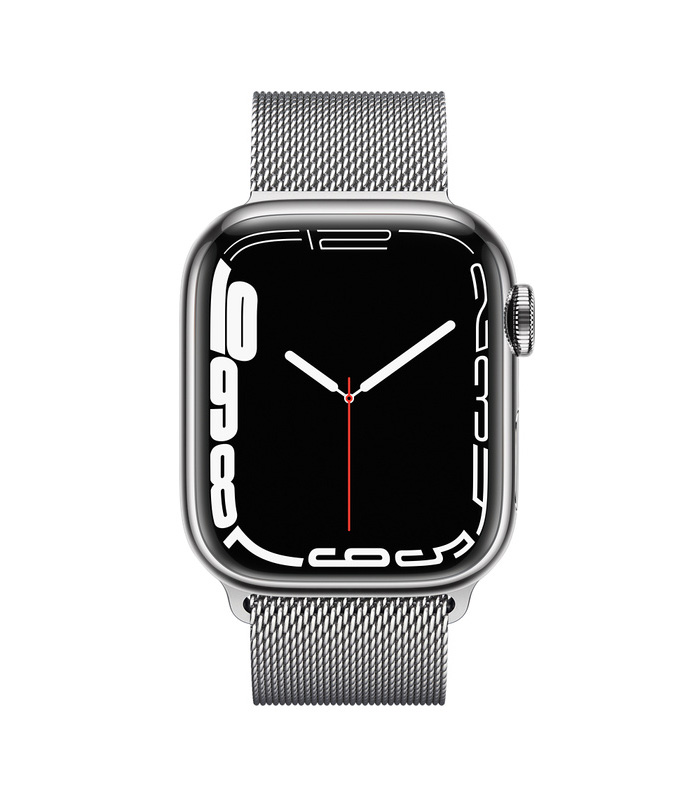

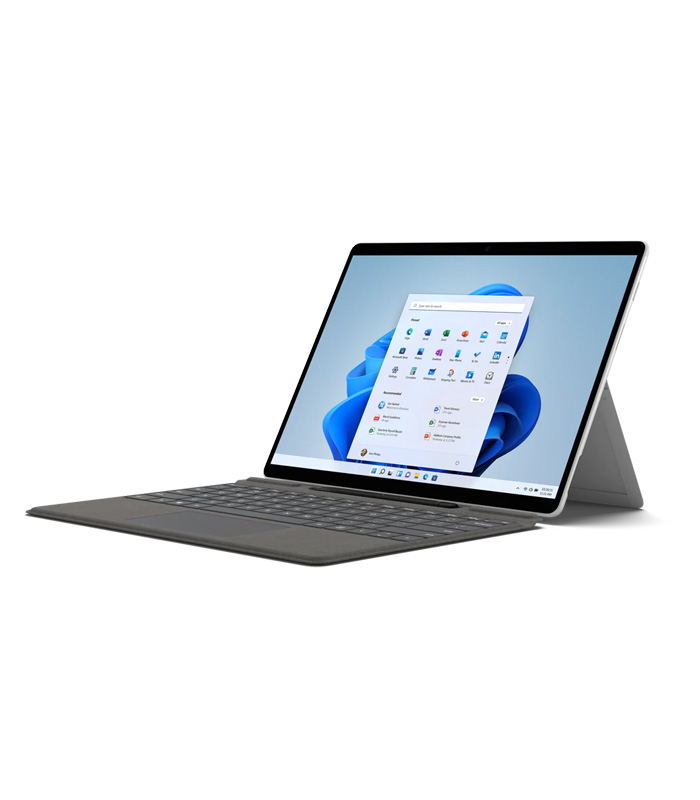



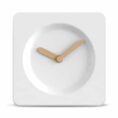

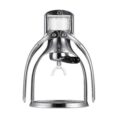
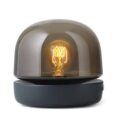









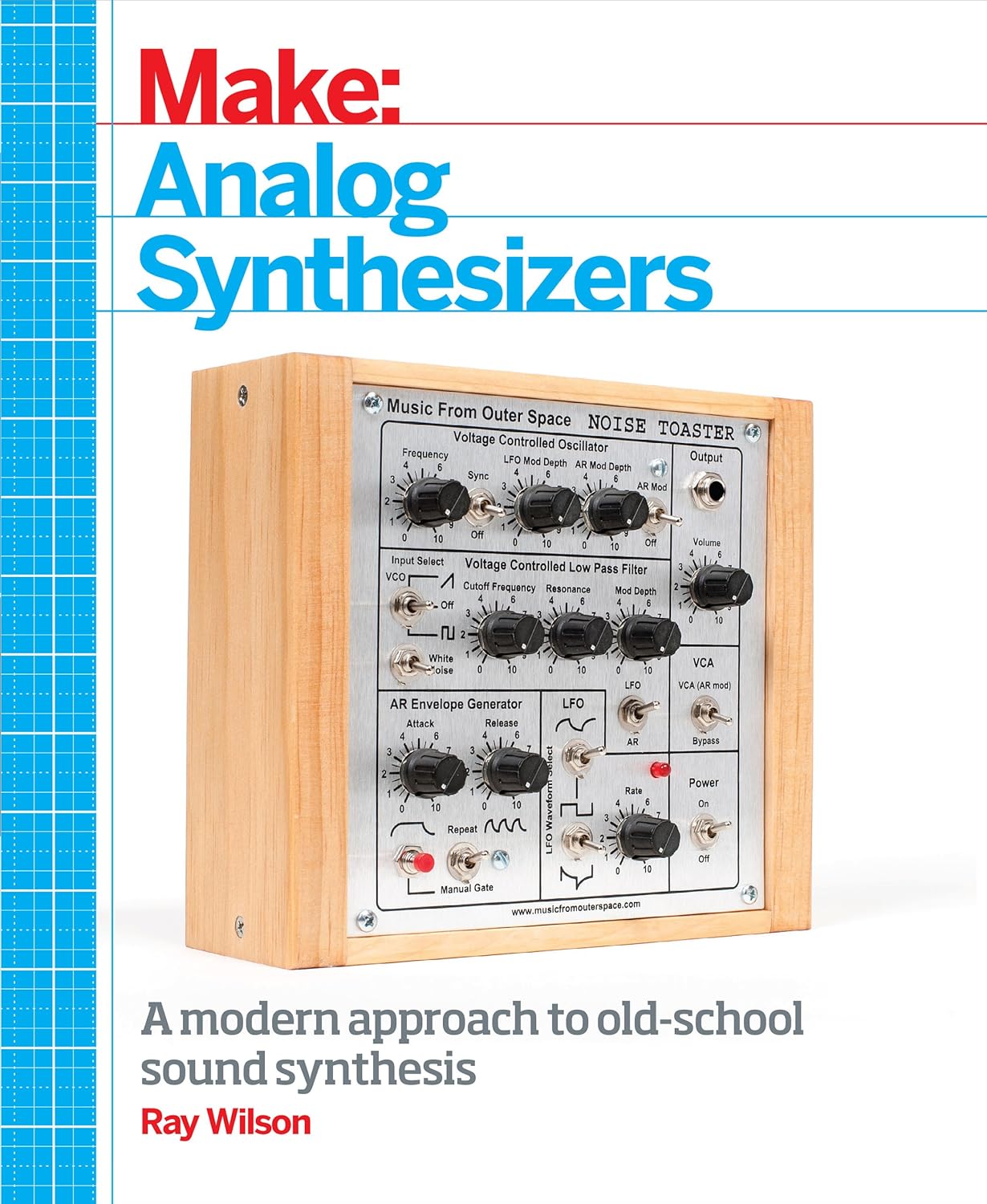

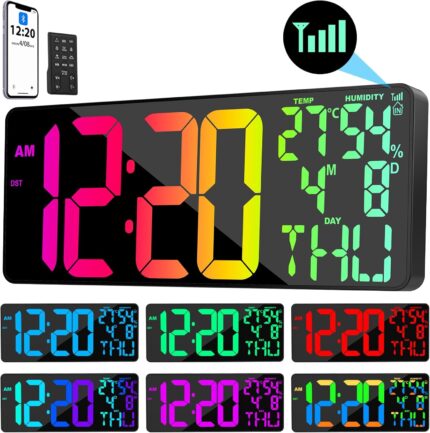



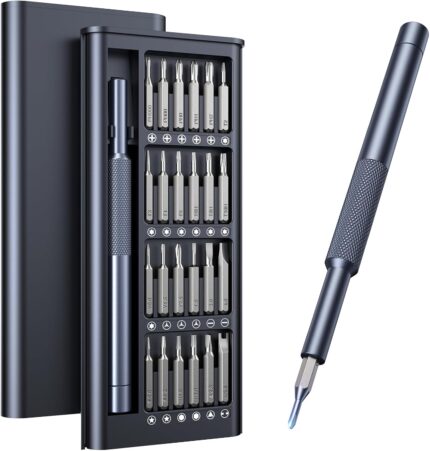
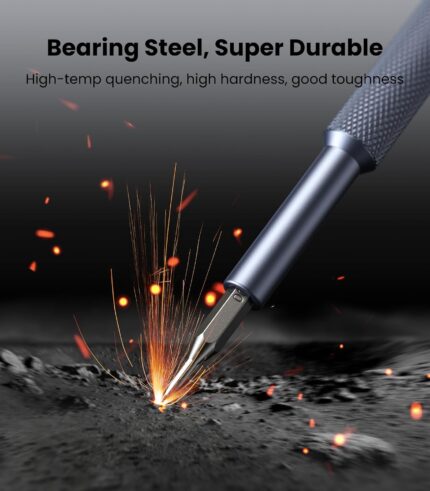

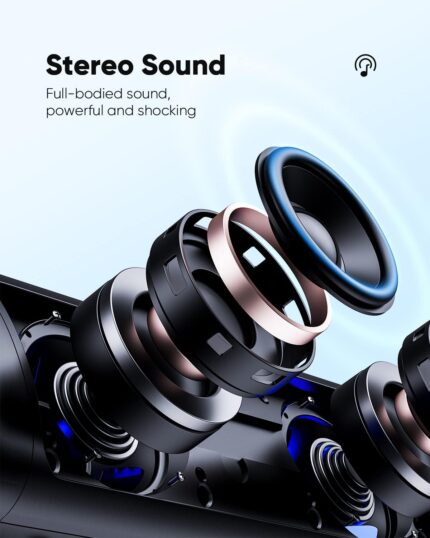
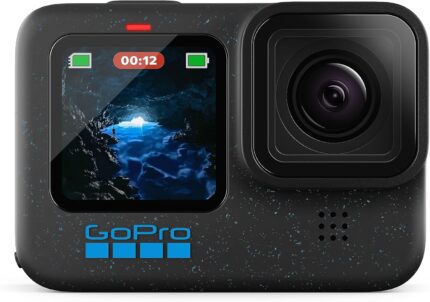
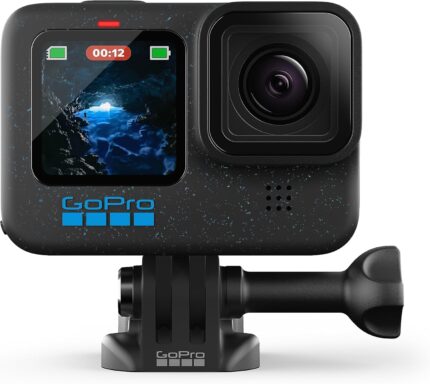
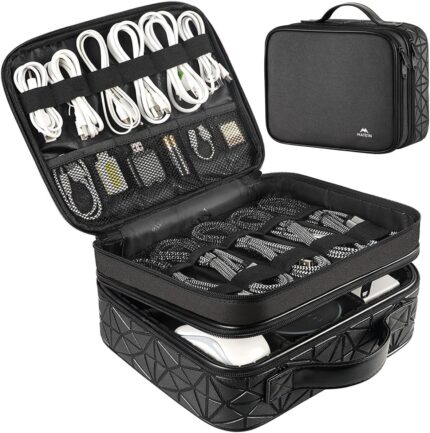
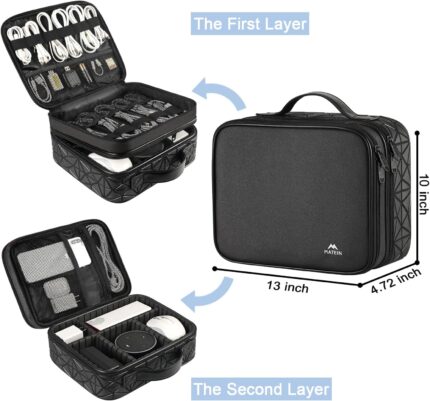




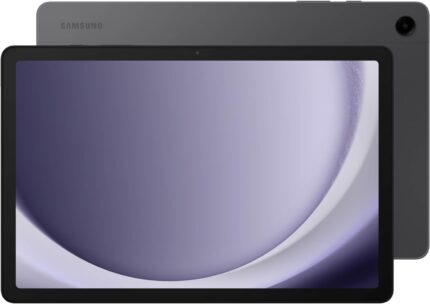
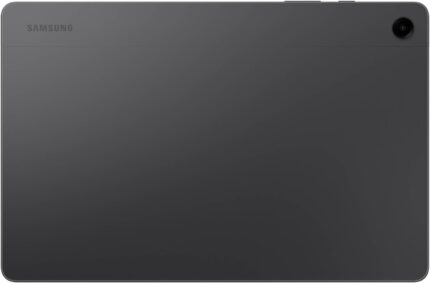



Professor dot biz –
Circuit Benders Rejoice!
I can’t control my astonishment that a dusty old technology like analog synth is getting a fresh new makeover courtesy the practical genius of the Music from Outer Space (MFOS) master himself: Ray Wilson. Feed your synth addiction (and it really is that as you probably know): get this quick!If you still smile with admiration at Vangelis in Blade Runner, you’re going to love this book! Wilson one ups the old art of producing wonderful synth on a budget (taking apart and putting old toys back together with SFX or musically bent circuits, for example!) by “legitimizing” DIY synth with everything you need to understand the real circuitry behind both digital and analog synth, all the way up to CMOS chips.As part of the acclaimed MAKE series, this book of course is project oriented, giving ALL the steps for a middle function, and quite complex, MFOS synth. But way beyond that, Ray shows all the components for much simpler sound, PLUS the modules you can use to build a truly professional $10,000 synth SYSTEM– or even a whole synth studio– on a tight / DIY budget. The building blocks are here; he challenges us to take them as far as we want!For point of view, I’m a music and circuit lady at payroy dot com and evaluate new scores of synth for patentability. That’s right, when Wilson says you can not only create pro synth DIY but also profit, he’s not kidding. The combination of circuits and music is literally being reborn, with some of the “old” music circuit books selling for hundreds as folks jump into the new wave of patent opportunities. Beds alone are making significant royalties for DIY synth basement composers today, from movies to commercials, due to web propagation of your reputation and talent, regardless of where you are or where you got your synth.The three biggest plusses of this wonderful text are: 1. Wilson goes far beyond the usual sound effects and sci fi capacitor changes to show the circuits that exactly mimic orchestral level compositions 2. The whole text is hands on with decades of practical advice packed into each comprehensive page, including time and money saving tips on how to avoid ruining a project with too high voltage on a low voltage chip, as just one example 3. There is an ideal blend of theory, circuits and components, beginning as if you’re new to the field, but going all the way to complete, modular, professional level synths and composition– an amazing feat for $20 in a 160 page book.Perhaps most importantly, Ray was careful to generalize all the information– from components to circuits to technique– so you get the skill to advance quickly to much bigger and more robust units if you wish. On the other hand, the book’s main project (the MFOS Noise Toaster) is FAR from simple. Wilson even says that although it’s rudimentary to advanced engineers, they still love building it due to the memories it brings back AND the principles it reinforces about how variations change sounds, as well as the subtle contributions of individual components, designs and circuits.In fact, I just read a new patent by an “amateur” who invented a cricket chirp synth that acually brings crickets out from hiding– he’s negotiating selling it to a pest company for over $12 million US right now!! Yes, the toaster works with white noise loops too, so we’re talking SFX here as well, not only music, and Wilson shows how to adjust the circuits (and WHY) to change that white noise to a bomb blast effect, for example. Take your new blast SFX, combine it with a blastcode animation (a Maya plugin), and earn extra income from your hobby!Finally, us benders will now also understand WHY changing that capacitance completely morphed our virtual woodpecker into a virtual intruder alarm or canary! Personal tip: I often buy electronics for a buck at the dollar store and bust them up for their components. I priced one calculator/timer reverse engineering project at $9 in current part costs vs. a buck at the dollar store (probably silver prices alone). With Wilson’s help here and on his MFOS website, I can use Mouser online to get what I need at about the same savings, with no wasted parts!And yes, I DID build the toaster and yes, it DOES work– Make’s proofing worked and of course Ray, via his many magazine and blog articles, knows better than to recommend or teach untested designs!!! Highly recommended for teens forward, but recommend a basic electronics book first if you’re new to electronics, including Make’s own version: Make: Electronics (Learning by Discovery). I don’t support or recommend publishers, but O’Reilly IS consistenly high quality in editing/ proofing first editions, and this shows in both of these titles.EMAILERS: In answer to all the frequent questions (thanks for asking!) about digital and “professional” texts in this field, the best by far in your humble reviewer’s opinion is Cipriani: Electronic Music and Sound Design – Theory and Practice with Max/MSP – volume 1. It covers many aspects of Digital Signal Processing AND programming as well.Library Picks reviews only for the benefit of Amazon shoppers and has nothing to do with Amazon, the authors, manufacturers or publishers of the items we review. We always buy the items we review for the sake of objectivity, and although we search for gems, are not shy about trashing an item if it’s a waste of time or money for Amazon shoppers. If the reviewer identifies herself, her job or her field, it is only as a point of reference to help you gauge the background and any biases.
Tony –
Works as entry level for a serious builder.
Ray’s book was ordered around the same time I ordered my first DIY synth project from MFOS. I made sure I read the book over, and some sections twice, before I embarked. Thus emboldened, I went forth and completely ignored Ray’s advice to newbies, and built his Soundlab Ultimate. Between the book and working this project, I learned a lot, both about the circuits and construction. If you want to just dabble and build utility sound effect boxes you, you can do that here. But if you want to build a musically useful, playable, pliable instrument, you can do that too. My decision, to start as a beginner and quickly get to a serious instrument, was ambitious. Ray’s book was a worthwhile investment.Ray is thrifty with your money, and does not romanticize expensive approaches. If you want to spend more money for sealed pots, you can but he leaves that up to you. However he will spare you the heartbreak of trying to build using a Hobby Lobby craft soldering wand. Ray will tell you flat out that it is futile to proceed without an oscilloscope. One of the other reviewers complained that much of this information is published elsewhere. I would counter that nowhere is so much of it relevant to a jump starter assembled in one place.In the back of the book is a little cookbook showing some building block circuits, using in-production, inexpensive components. These turn out to be handy when analyzing schematics, and making choices. When you start building, you will be confronted with many decision points, many forks in the road. Be not afraid, you won’t start a fire or get baked potatoes on the ends of your arms, and the worst you will deal with is no output. If you fry a chip [hasn’t happened to me yet], they are like 79 cents to replace.The Soundlab Ultimate is not a simple, newbie type of project. It, arguably, approaches a Minimoog in capability. Here is where the book helped me. As with any complex build, you can expect there to be multiple issues to work out once you start testing it, and this was the case with my Ultimate. In the DIY synth world, you may feel somewhat on your own with these problems. Ray’s book was something I could return to as I worked through each issue. It does not give you the answers, it gives you a foundation, and confidence to know you will find the answers. And found them I did. You start to look around at all the old broken gear you have, it seems fixable now. Taking such a large leap like the Ultimate is perhaps not the best choice for every new builder. But this book helped me succeed with it, and start fulfilling a lifelong fetish for analog.Your speakers will not thank you.
Richard Frantz Jr. –
book gives example of sound generation
Covers how to do sound. I wanted the book specifically to learn how to get he output sound. That is about a page. It has a design and talks about it a bit. Not a lot on why that circuit works but it does give an example. Don’t expect a lot on theory but it does give an example.
Stephen J Davies –
A Fantastic Introductory Text
Have been dabbling in electronics for a long time now and more recently in electronic music. I found this to be an excellent introduction to analog synthesis. In particular I liked the way the author introduced each of the key synthesis modules, e.g. VCO, VCF, ADSR etc., and then proceeded to describe the inputs, outputs and the functions provided by each (Chapter 3).The synth pictured on the cover, the Noise Toaster, provides a case study for the following discussion. Chapter 4 dives right in, providing detailed instructions on how to build it. This is followed by a chapter on operational amplifiers (Chapter 5) and then a detailed analysis of each section of the Noise Toaster circuit in Chapter 6. I found this to be particularly good, combining the theory from chapters 3 & 5 with the practical design.Appendixes A, B and C provide an interesting set of circuit techniques and ideas for experimentation. I found the examples to be simple enough to be easily understood but with also non-trivial.One of the most interesting books I have read in a while.
Michael B. –
thank you – excellent quality, quick delivery, just what I wanted!
Book is in excellent condition, I like being able to make use of books that need to move on to new owners. This will become part of a DIY class at my local makerspace.
Eduardo –
Is really good source for DIY EURORACK beginners.
Seppert –
Tipptopp!
Ray Peskett –
Great book at a competitive price. Timely delivery.
Tompa Sweden –
Perfekt bok för elektronikintresseradeGer en klar bild på vad som behövs för att lyckas i sin projekt
Manuel R. –
Mon seul regret : qu’il ne soit pas traduit en français.